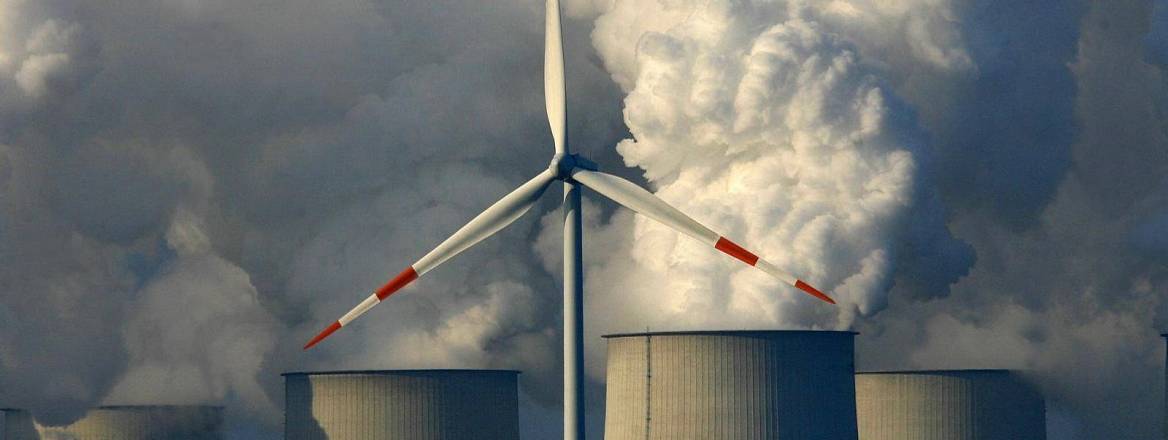China, EU and US cooperation on climate and energy
This is the first of the four research papers to be published as part of the Transatlantic Dialogue on China, focusing on cooperation between China, Europe and the US on energy security and climate change. Often discussed as one of the areas in which the transatlantic alliance will have to cooperate with China, the issue is still fraught with complexity. The paper is written by Dr Antony Froggatt and Dr Daniel Quiggin of Chatham House.
China, the EU and the US are responsible for around 40 per cent of global greenhouse gas emissions and consume nearly half of the world’s energy. Therefore, decisions made in Beijing, Washington and Brussels have significant implications for the world’s climate and energy security.
International cooperation on climate change has lost momentum in recent years, however, 2021 could mark a shift in the global approach to the climate crisis and boost cooperative climate diplomacy. Countries are due to submit revised pledges to the UN Framework Convention on Climate Change (UNFCCC) and will negotiate at the 26th session of the Conference of the Parties (COP26), in an attempt to put global mitigation plans back on track to meet the objectives of the Paris Agreement.
While US climate policy has been unpredictable at times, the EU has been consistently ambitious and China has powered the shift to low-cost renewables. Critically, real-world action needs cooperation, competition and consistency. However, the strained relations between China, Europe and the US weaken collective and cooperative efforts. This paper examines the ways in which the countries can better align strategies.
By Dr Antony Froggatt and Dr Daniel Quiggin of Chatham House
Article category: Climate Change and Energy

